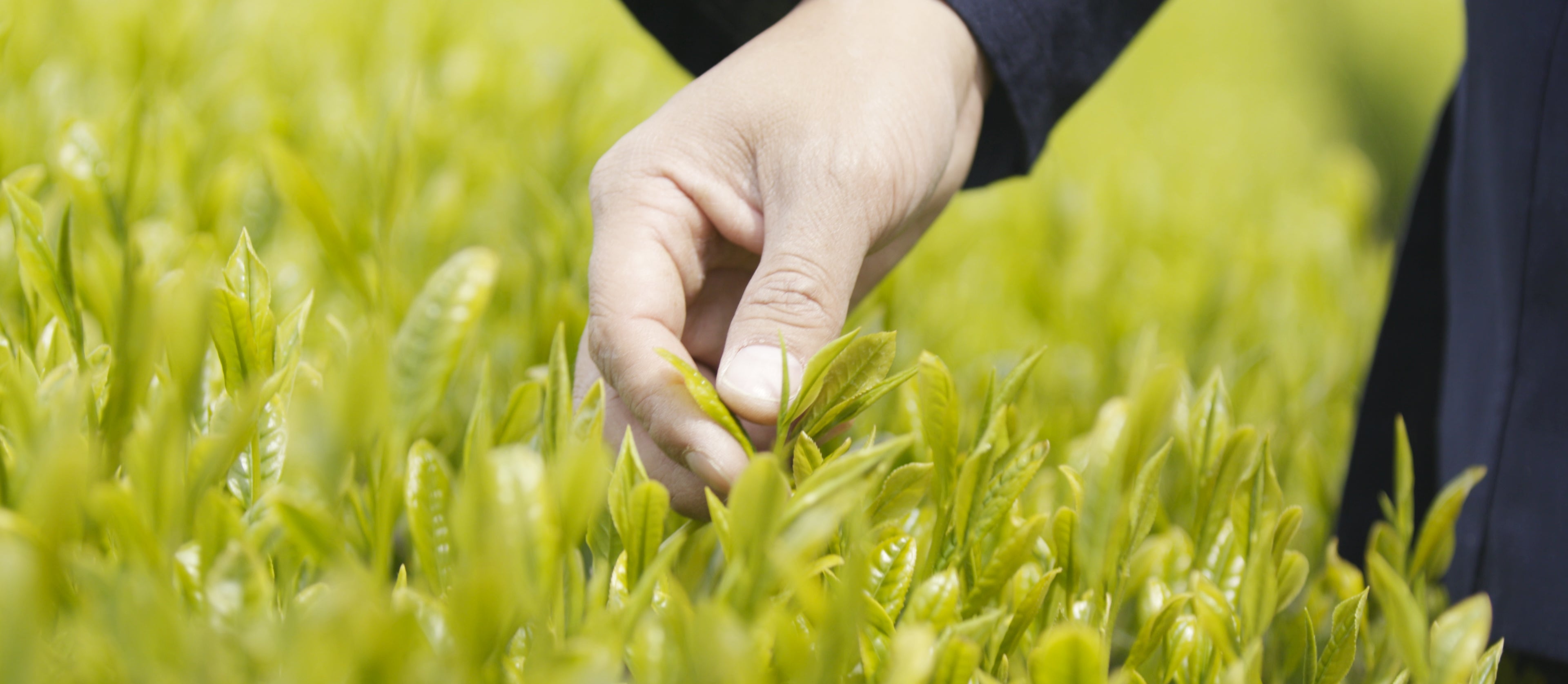

Freshness is not just a quality; it's the essence that defines the entire drinking experience. The allure of green tea lies in its fresh, grassy aroma and its delicate, nuanced flavors – characteristics that can only be fully enjoyed when the tea is at its freshest. But what exactly does 'freshness' mean in the context of tea, and how can it be preserved?
To appreciate the importance of freshness, it's essential to understand what tea is from a botanical perspective. Green tea is made from the leaves of the Camellia sinensis plant. When these leaves are plucked and processed, they contain a myriad of compounds, including catechins, amino acids, and volatile oils. These compounds are responsible for the tea's flavor, aroma, and health benefits and Freshness in tea is largely determined by their preservation.
From the moment the tea leaves are plucked, they begin to undergo natural processes like oxidation and fermentation, which alter their chemical composition. In green tea, the aim is to minimize these processes to retain the tea's original flavor profile.
Several key factors:
Oxidation: Exposure to oxygen can lead to the breakdown of flavor and aroma compounds in green tea. This is why green tea undergoes minimal oxidation during processing compared to black or oolong teas.
Moisture: Tea leaves are hygroscopic, meaning they absorb moisture from the air. Excess moisture can lead to mold growth and accelerate the degradation of the tea.
Light: Ultraviolet light can degrade the compounds in tea leaves, particularly catechins, affecting both flavor and health benefits.
Temperature: Higher temperatures can accelerate chemical reactions in the tea leaves, leading to faster degradation.

The journey of green tea begins with careful harvesting. The timing of the harvest is crucial; tea leaves plucked in early spring (known in Japan as "first flush") are often considered superior in quality due to their higher concentration of aromatic compounds. After harvesting, the tea leaves are quickly steamed or pan-fired, a process unique to green tea.
This step is critical for freshness as it halts oxidation, allowing the leaves to retain their vibrant green color and fresh, grassy flavor.
There are common misconceptions about what keeps tea fresh. For instance, refrigerating green tea is often suggested, but it can introduce moisture, which is detrimental. Another myth is that vacuum-sealed packaging extends the life of the tea indefinitely. While vacuum sealing can prolong freshness, it's not a panacea; the tea will still degrade over time, albeit more slowly.
Freshness in green tea not only affects its flavor profile – the sweet, umami, and vegetal notes – but also its health benefits. Green tea is lauded for its high concentration of antioxidants, particularly epigallocatechin gallate (EGCG), which are best preserved in fresh tea. In Japanese tea culture, freshness is not just a product attribute; it's a philosophy. The Japanese tea ceremony places emphasis on the seasonality and freshness of tea, reflecting a deep appreciation for the transient beauty of nature.

As we've explored, the freshness of green tea is a delicate tapestry woven from careful harvesting, precise processing, and an understanding of the factors that can impact its pristine state. This journey from leaf to cup is a testament to the artistry and science behind Japanese Green Tea.But our exploration doesn’t end here. Knowing how to assess and appreciate freshness is only the first step.
The next crucial question is: How do we maintain this freshness once the tea leaves reach our homes?
How can we ensure that every cup we brew retains the exquisite qualities of freshly harvested tea?
Our next article: "Storage and Preservation: Keeping Tea Fresh" delves into the best practices for storing your precious green tea. We will uncover the secrets to prolonging its life and vitality, ensuring that each brew is as captivating as the first. This is not just about storing a beverage; it's about preserving a piece of culture, an art form that has been cherished for centuries. See you there!
PS: Make sure to subscribe if you want to be notified about new articles and not miss any interesting content.